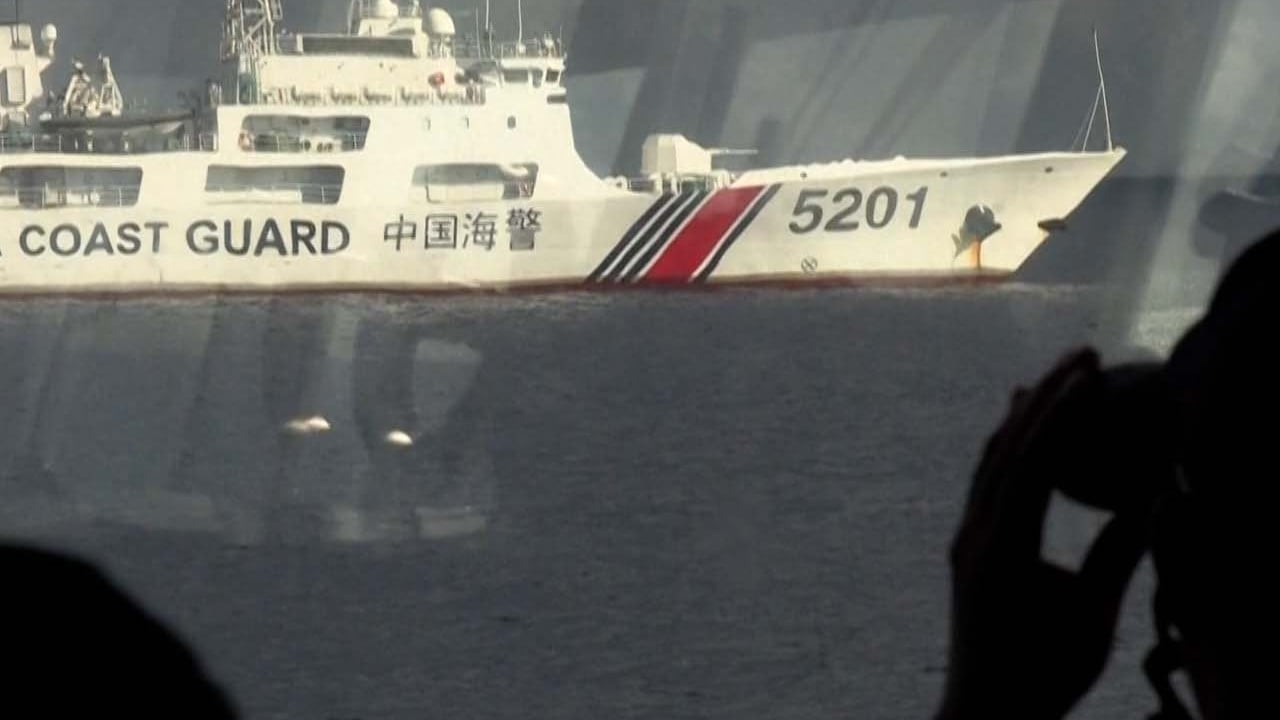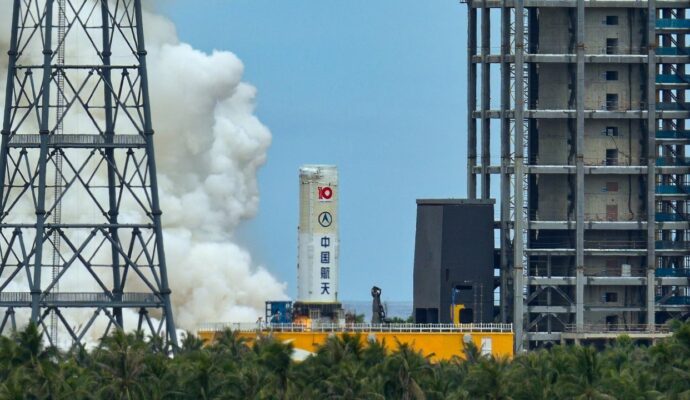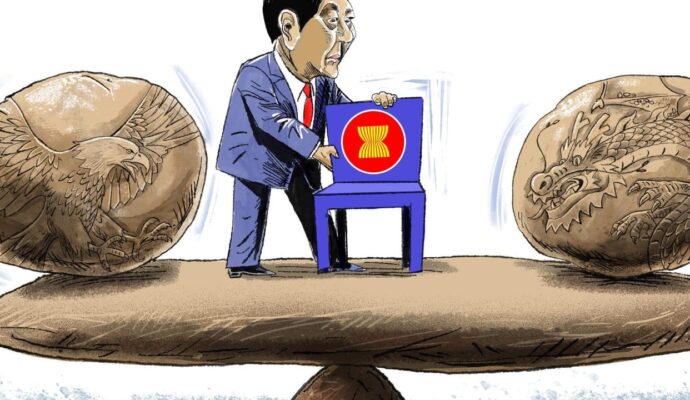The deputy manager of a logistics company on Sansha welcomed the opening of the restaurant featuring one of China’s most popular culinary traditions.
It would “enrich the material and cultural life of the military, police and people on the island”, Wang Panpan told local broadcaster Hainan TV.
Woody had about 1,000 civilian residents when China moved to establish the city of Sansha in 2012 to assert its claims to the resource-rich waters.
Since then, China has upgraded facilities for Sansha’s increasing population, which, by 2020, had expanded to about 2,300 – apart from military personnel.
A civil-military airport was launched on the island in 2014, and the following year, the Yongxing School opened its doors to provide kindergarten, primary school and vocational education to the children of local fishermen and soldiers.
A court, a cinema, banks, hospitals, post offices, a stadium and a coffee shop have since been set up in Sansha.
The construction of Sansha Plaza, an 18,500 sq m public square, has been completed, state-owned China Communications Construction Company said last month.
The steady build-up comes as Beijing uses both hard and soft approaches to consolidate its claims in the South China Sea, where it has territorial disputes with most Southeast Asian neighbours.
This has included regular patrols in the disputed waters by heavy, and usually armed, Chinese coastguard ships.
Beijing has also artificially built-up and heavily militarised the Fiery Cross, Subi and Mischief reefs in the Spratly Islands, where its claims are contested by the Philippines, Brunei and Malaysia, as well as Vietnam and Taiwan.
Apart from stationing military facilities such as missile systems and airstrips on the reefs, China recently also opened supermarkets to cater to People’s Liberation Army troops who earlier had to wait for monthly supply vessels.
In February, China said it had launched an underwater archaeology centre in the southern island province of Hainan, which has jurisdiction over Sansha city.
The centre is also seen as a way to demonstrate Beijing’s sovereignty in the region by linking underwater artefacts from the South China Sea – “an important section of the Maritime Silk Road” – to Chinese cultural heritage.



